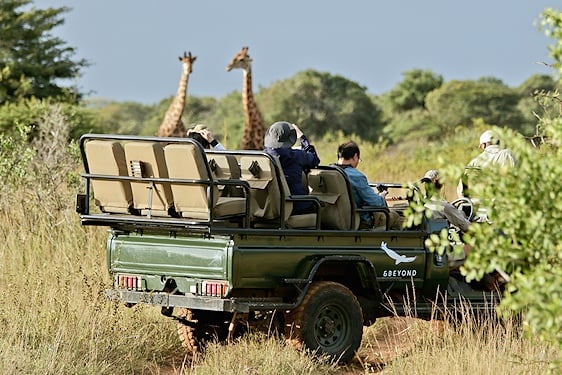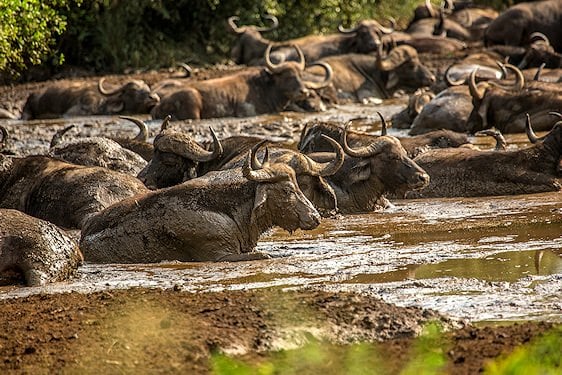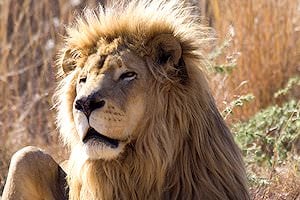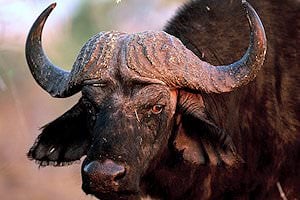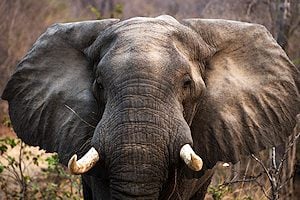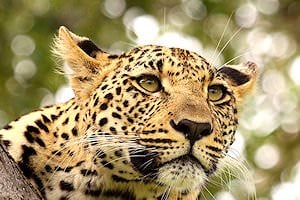Common Reedbuck
Though a 'common' antelope, a sighting of the common reedbuck is far less common and exciting in the Kruger National Park. These antelope are more abundant on safaris in northern Namibia's Caprivi region and the Chobe National Park in Botswana.
Need Advice?- Home
- >>
- African Travel
- >>
- South Africa
- >>
- National Parks
- >>
- Kruger National Park
- >>
- Mammals
- >>
- Common Reedbuck
Description
Common reedbucks are similar to their mountain-roaming family members, with slight differences. The horns of common reedbucks – or Southern reedbucks are angled outwards, curving forward slightly at the tips, and grow larger than mountain reedbucks.

These antelope occur widely throughout Sub-Equatorial Africa. Their range on the western side of Africa starts in northern Botswana, Angola, Zambia, and Malawi. On the eastern side, they occur in South Africa's KwaZulu-Natal Province, parts of Mozambique, areas of the Limpopo Province where the Kruger National Park is situated, and more north through Zimbabwe and Zambia to southern parts of Tanzania.

Status
The current status of this species of antelope is 'of least concern' per the IUCN red list. The large population of 73 000 individual animals stretches over 14 countries within Sub-Saharan Africa, and two-thirds of this population inhabit protected areas like the Kruger National Park. The altitudes where they occur are between 300 and 2 000m above sea level, on the plateaus and mainland areas vulnerable to settlement expansion. Their convenient size and relatively slow top speed make them ideal targets for illegal hunting or poaching, which poses the greatest threat to the species' survival.

Habitat
This species is one of the few that appreciate and even prefers taller grass. It means common reedbucks are easily found in fertile valleys rich with abundant water or near wetlands. However, they also occur in areas with less grass cover, such as floodplains and savanna or woodland areas. Grass dominates their diet, as they mainly graze. They occur in the Drakensberg Mountains and the northern parts of South Africa, like Kruger Park, because of the abundance of grasslands.

Social Organization
On average, these territorial antelope live in small groups of up to 6 members that may combine with other groups during the dry season when the pastures on which they graze become scarcer. Each group has a dominant male with mating rights to all the female members of the group as long as they remain there, and a few young males and females. Juvenile males nearing the last few months of adolescence are kicked from the group and join all-male groups until they can battle and compete for territory.
Finest Safari Areas in Africa for Encountering Common Reedbuck
We recommend the following National Parks and Private Reserves for the best chances of spotting the common reedbuck on safari game drives and bush walks.

Social Behavior
They are relaxed territorial animals. Like their highland cousins, they do not scent mark and patrol their borders. Common reedbucks frequently trespass on the territory of their neighbors, some 100 meters from the borderline - for the most part, without incident. They produce many different calls and vocalizations, most of which are very high-pitched and used in conflict situations.

Reproduction
Reedbuck have no annual breeding season at a particular time during the year, although they do breed annually. Courtship takes place between a breeding pair and typically involves actions like low-back stretching performed by males and licking the genitals of the female. Hereafter, the female may interrupt a few mounts on the male's part. The ultimate target of this tiring exercise is the young, born seven and half months later.

Anti-Predator Behavior
The vulnerability of reedbucks, in general, makes them some of the most vocal antelope in the face of danger. When an attack is launched upon them or even anticipated by odd sounds coming from between thickets and shrubs, they usually respond first by making a whistling sound to alert other members of the potential threat, then running with some urgency. They also snort while running to disrupt the habitat and get away or to continue alerting other animals of the danger.

